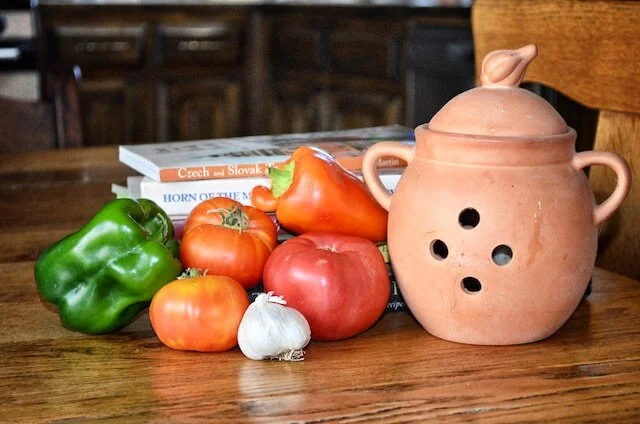by B.J. Stolbov
As the only (old) white man with a (long) white beard in my rural Filipino community of Northern Luzon, I get the exceedingly great pleasure every December of being Santa Claus.
I am a volunteer high school teacher. My first year here, I was asked to play Santa Claus at my high school’s Christmas assembly. I excitedly volunteered. Dressed in a red t-shirt and red jogging pants (the colors of our school), my black rubber swamp tromping boots (cleaned), a red cap with battery operated white blinking stars, my wire-rimmed glasses, and my long white beard, I, Santa Claus, appeared from the back of the stage of the school gymnasium to loud amplified blaring Christmas music.

One thousand students went wild. This was my ultimate rock star Santa Claus moment. I strode across the stage waving, and then waded down into the roaring crowd. Carrying a red bag filled with candy, I threw handfuls of candy everywhere. It was almost a sugar frenzy riot. Everyone loves Santa Claus. No wonder he does this! What a rush! I felt like Santa Claus.
Next year, I was again invited to play Santa Claus. But not only at my high school, where now, of course, everyone knew me; but also at an elementary school, where few, if any, of the kids knew me. I cheerfully accepted.
I arrived at the elementary school dressed in regular clothes, with my Santa outfit hidden in my tightly folded red bag. The principal of the school had made all the arrangements, agreeing with me that no one, except for a few teachers, would know that Santa Claus was coming to their school. In the principal’s office, I changed into my Santa outfit.


















